How to utilize forests as food reserves – ANTARA English
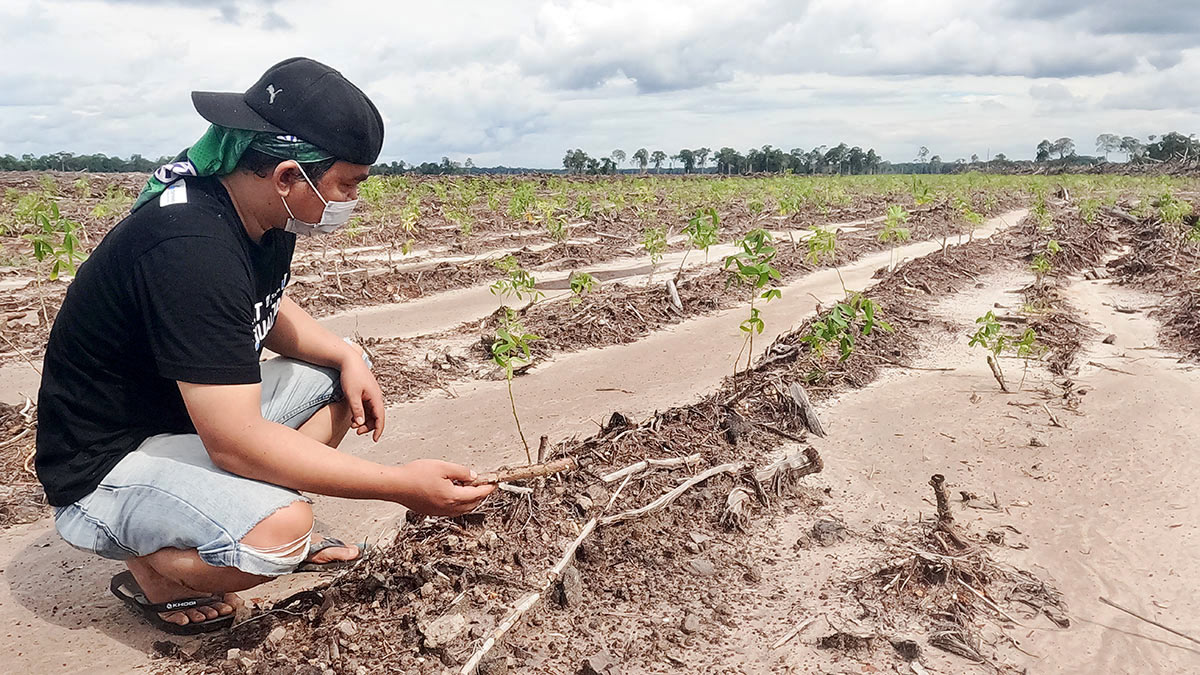
Forest Conversion for Cassava Plantation Raises Concerns in Central Kalimantan
WITH a heavy, trembling voice, Rangkap spoke softly about the forest in Tewai Baru village in Gunung Mas, Central Kalimantan, which has been the source of livelihood for the residents of the four villages surrounding it for decades. His eyes were filled with anger as he stared at the arid land planted with cassava. “This used to be a thick forest,” said the 50-year-old man.
We stood among piles of logs, each 40 centimeters in diameter, which had formed small hills around the cassava plantation. The weather at the end of August was truly scorching. The sun struck Rangkap’s face on the exposed land. “There used to be many boars and mouse deer here,” he said.

Impact on Livelihood and Environment
Tempo asked Rangkap to join us as we walked around the cassava plantation. The six-month old cassava plants were only knee-height, thin and had yellow leaves. Within the span of 10 meters, two had died out of 10 cassava plants. The secondary forest’s soil is sandy, said Rangkap, and tend to dry out without the shade of trees.
Before the land was converted into a cassava plantation, Rangkap planted eggplant and chili under larger trees. According to the chairperson of the Hindu Kaharingan council in his village, people around the forest has practiced agroforestry for generations. Once a month he would check on his plants while hunting for mouse deer or boars, or while gathering rattan.
The custom ended in November 2020. Dozens of heavy equipment arrived in his village escorted by the army, entering the forest that lays around 10 kilometers from the village center and cut down all trees on its way. In one month, 600 hectares of the lush forest was cut open.
Based on talk among the villagers, Rangkap learned that the forest was cleared to be converted into a food estate. Because of the land clearing, when it began to rain in December 2020, water from the Tambun and Tambi Rivers, which run through Tewai Baru and Tampelas villages, overflowed. The cassava plantation is at the upstream of the two rivers, which lead to the Kahayan River or the Great Dayak River, the second largest river in Central Kalimantan after the Barito River.
Villagers feel there is nothing they can do. They know little about the cassava food estate project. Besides, they are wary of the soldiers guarding the plantation. An iron portal with a wooden signboard that says “No Entrance” guards the entrance to the cassava plantation. There is also a military tent there, which functions as a guard post.
The Food Estate Program in Central Kalimantan
THE Gunung Mas forest’s clearing and development as a cassava plantation began with President Joko Widodo’s statement. One month after the coronavirus struck Jakarta, 1,400 kilometers from Central Kalimantan, Jokowi relayed the Food and Agriculture Organization’s (FAO) warning about the potential threat of a food crisis due to the Covid-19 pandemic. “We are preparing food security in the regions early,” said Jokowi on Instagram on April 13, 2020.
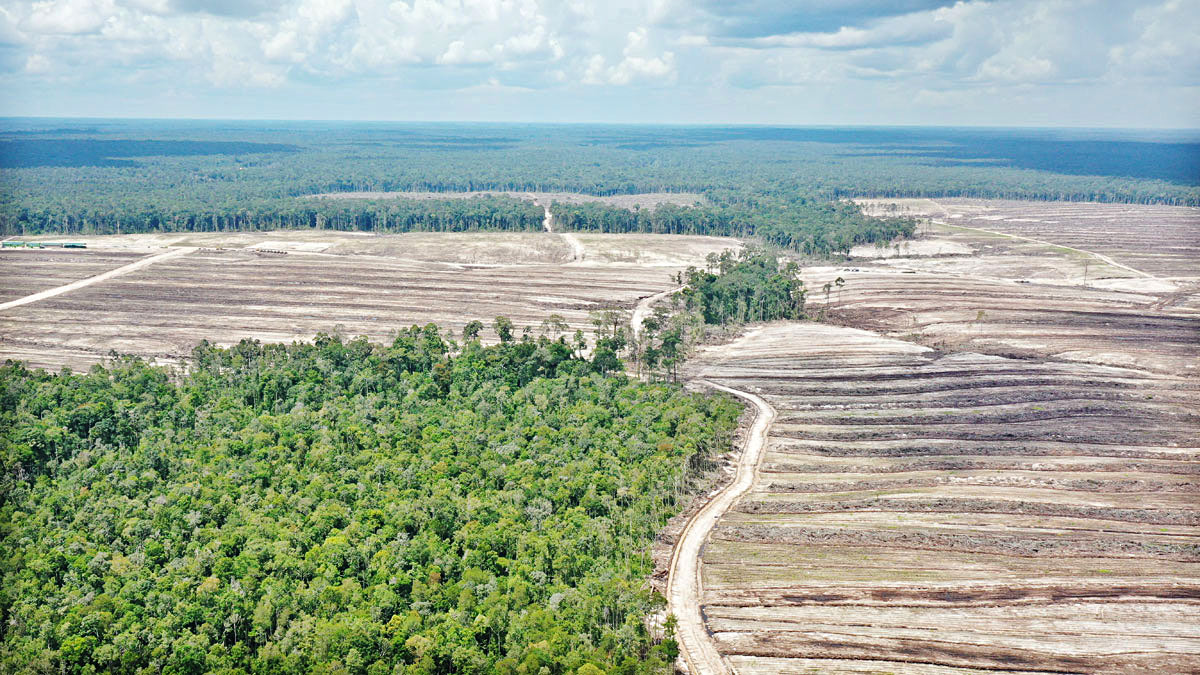
One month following the statement, Jokowi instructed the agriculture ministry as well as state-owned enterprises (SOEs) ministry and regional governments to clear land for new rice fields. Central Kalimantan became the primary target of the food estate program.
The agriculture ministry moved fast. Minister Syahrul Yasin Limpo flew to Palangka Raya to meet with Governor Sugianto Sabran to discuss the region’s preparedness to implement the national food security program. In mid-May 2020, Syahrul and Sugianto planted rice together in the Belanti Siam village, Pandih Batu subdistrict, Pulang Pisau.
Two months later, it was Jokowi’s turn to visit the region. Accompanied by Minister Syahrul and Defense Minister Prabowo Subianto, Jokowi visited the Kapuas Regency and Pulang Pisau to witness preparations for new rice fields.
It was there that Jokowi made a surprising announcement. Instead of appointing Minister Syahrul, he appointed Prabowo Subianto as the supervisor of the food estate program. “Because the project has to do with our strategic food reserves,” said Jokowi in Pulang Pisau on July 9, 2020.
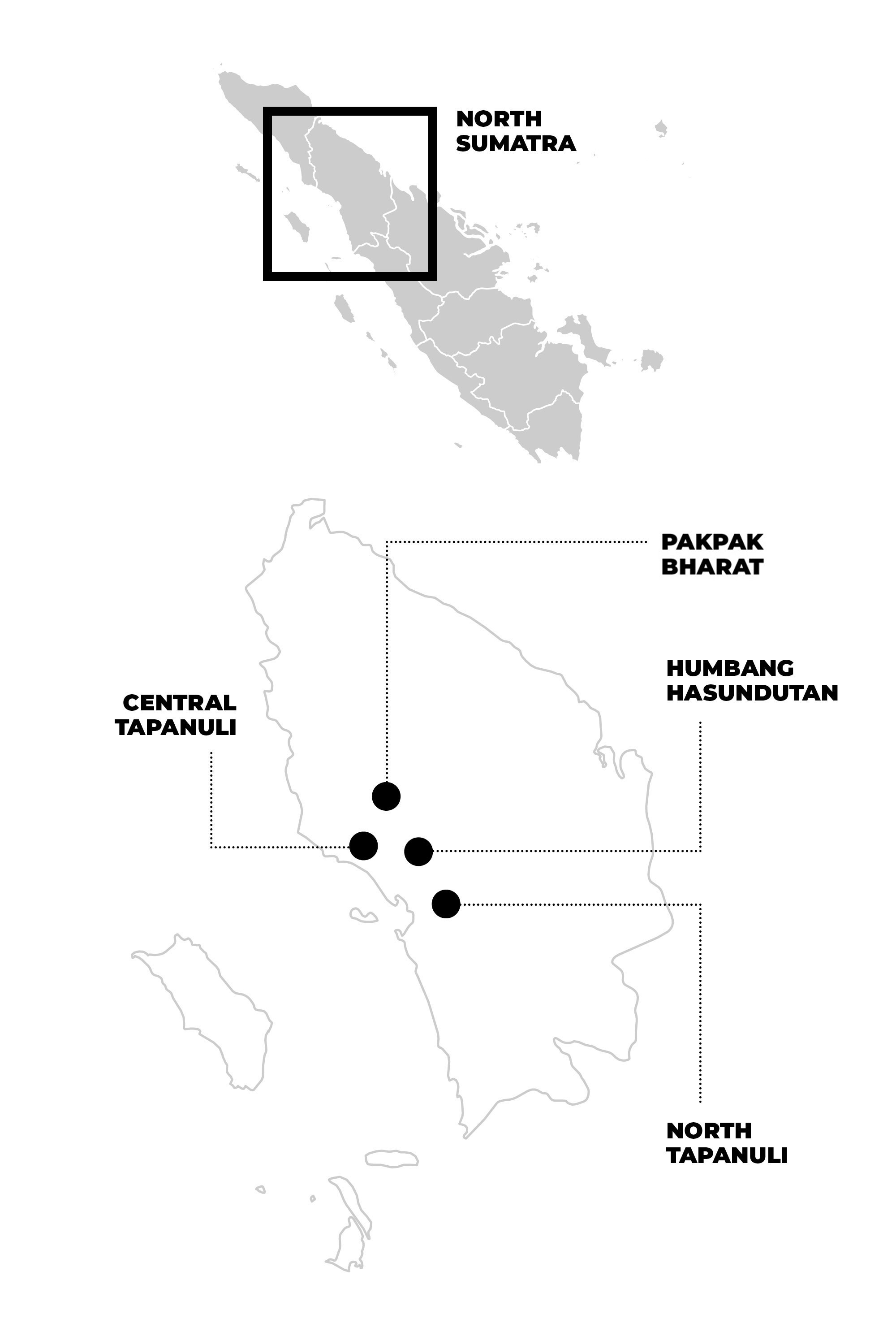
Concerns and Irregularities
Prabowo moved rapidly and instructed several of his ministry’s officials to visit Gunung Mas. Regent Jaya Samaya Monong welcomed these officials and gathered four village chiefs from the Sepang subdistrict. Jaya explained that forests around the four villages—Tewai Baru, Sepang, Tampelas, Pematang Limau—were to be converted into cassava plantations. The total forest area planned for conversion was 33,750 hectares, half the size of Jakarta.
According to Jaya, the defense ministry officials were accompanied by several people who claimed they were from Agro Industri Nasional, or Agrinas. According to the company’s articles of incorporation, dated April 3, 2020, 99 percent of Agrinas’ shares were owned by the defense ministry’s Foundation for the Development of Defense Resource Potentials. “Agrinas claimed to be the defense ministry’s partner in the food estate project,” he said.
After the July 2020 meeting, the atmosphere in the four villages in Sepang heated. Soldiers riding vehicles with the defense ministry’s stickers frequented the villages to measure land and place stakes. They rented a home in Sepang village as an office.
On November 2, 2020, right when the Environment and Forestry Minister Regulation No. 24/2020 on the allocation of forest areas for food estate development came into effect, dozens of heavy machinery roared inside the Tewai Baru Forest. According to Rangkap, as trees fell, wild animals inside the forest scattered and ran for their lives.
The operators of the heavy machinery were employees of Banua Gemilang, a contractor from Tarakan, North Kalimantan. In two months, they managed to clear 600 hectares of forest. Banua’s employees then piled the logs at the edge of the cleared land. They also built a warehouse and an office with three helipads.
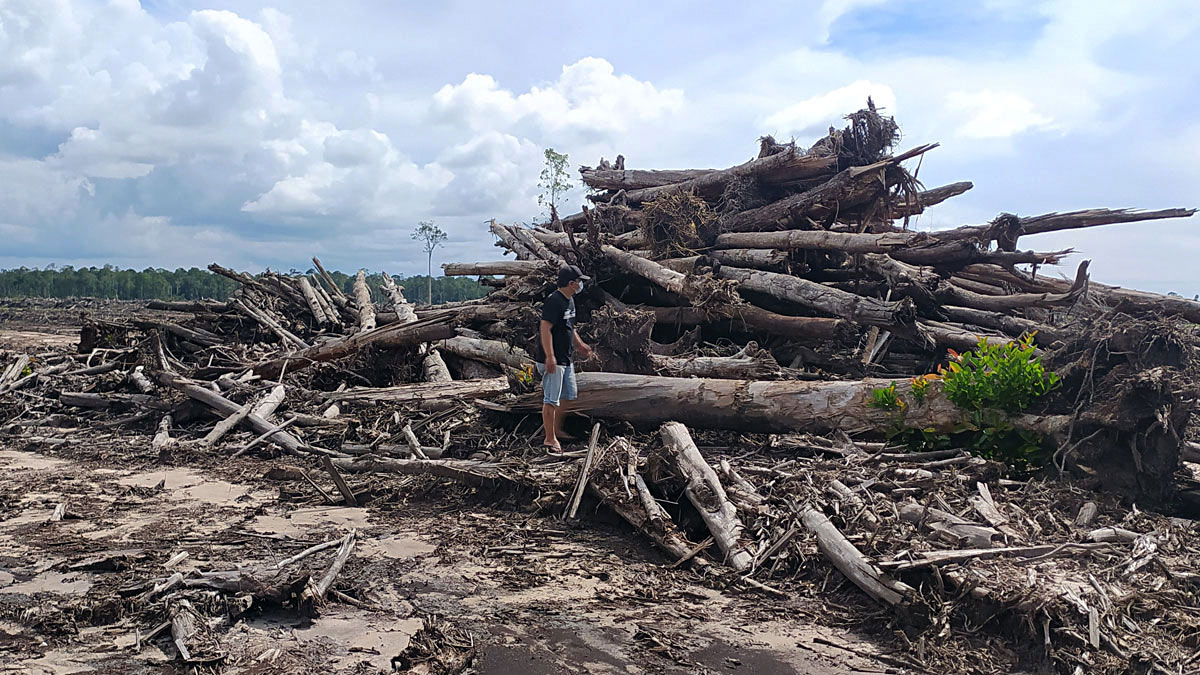
Environmental and Social Impact
Once the area was prepared, in February, hundreds of workers from outside Gunung Mas came. They prepared for planting cassava. Soldiers stood watch 24 hours a day to drive away villagers attempting to enter the plantation area. “Even I couldn’t enter,” said Sigo, chief of the Tewai Baru village. “When in fact the area falls under my village’s jurisdiction.”
Workers took one month to plant cassava in the vast plantation field. On March, Prabowo came with Central Kalimantan Governor Sugianto Sabran on a helicopter. Prabowo told reporters who had been waiting that the cassava food estate would contribute to the strategic national food reserves. “So that we don’t rely on other countries,” he said as quoted by Antara.
Regulatory Concerns and Lack of Transparency
THE defense ministry’s quick move to clear the Gunung Mas forest for the food estate project raised many questions. The forest was cleared in November 2020, just when the regulation went into effect. According to Environment Minister Regulation No. P.24/2020, the applicant for a food estate project inside a forest area should be a government institution, not a private entity. The applicant should be a minister, governor, regent, head of an institution, or the head of an authority agency.
The requirements are easy. A government official has to only meet the mandatory commitment of resolving the borders of the food estate area, draft a document for environmental management and environmental monitoring, and secure the area.
Meanwhile, the technical requirements include creating a quick strategic environmental assessment (KLHS), a technical proposal with a 1:50,000 map, as well as a study on the forest area planned to be converted into a food estate. A quick KLHS only requires expert analysis without field data. Once the two requirements are met, the food estate’s permit holder can even use the timber produced as long as it pays for the provision of forest resources, reforestation, as well as compensation for the trees, based on the value of the type of wood and volume.
Achmad Subagio, a cassava researcher from Jember University, East Java, and a member of the defense ministry’s food estate expert team, said the soil in the Gunung Mas Forest is appropriate for cassava. “The type of cassava is the UJ.5 variety for industry,” he said. This type of cassava takes eight months to harvest with a yield of 36 tons per hectare.
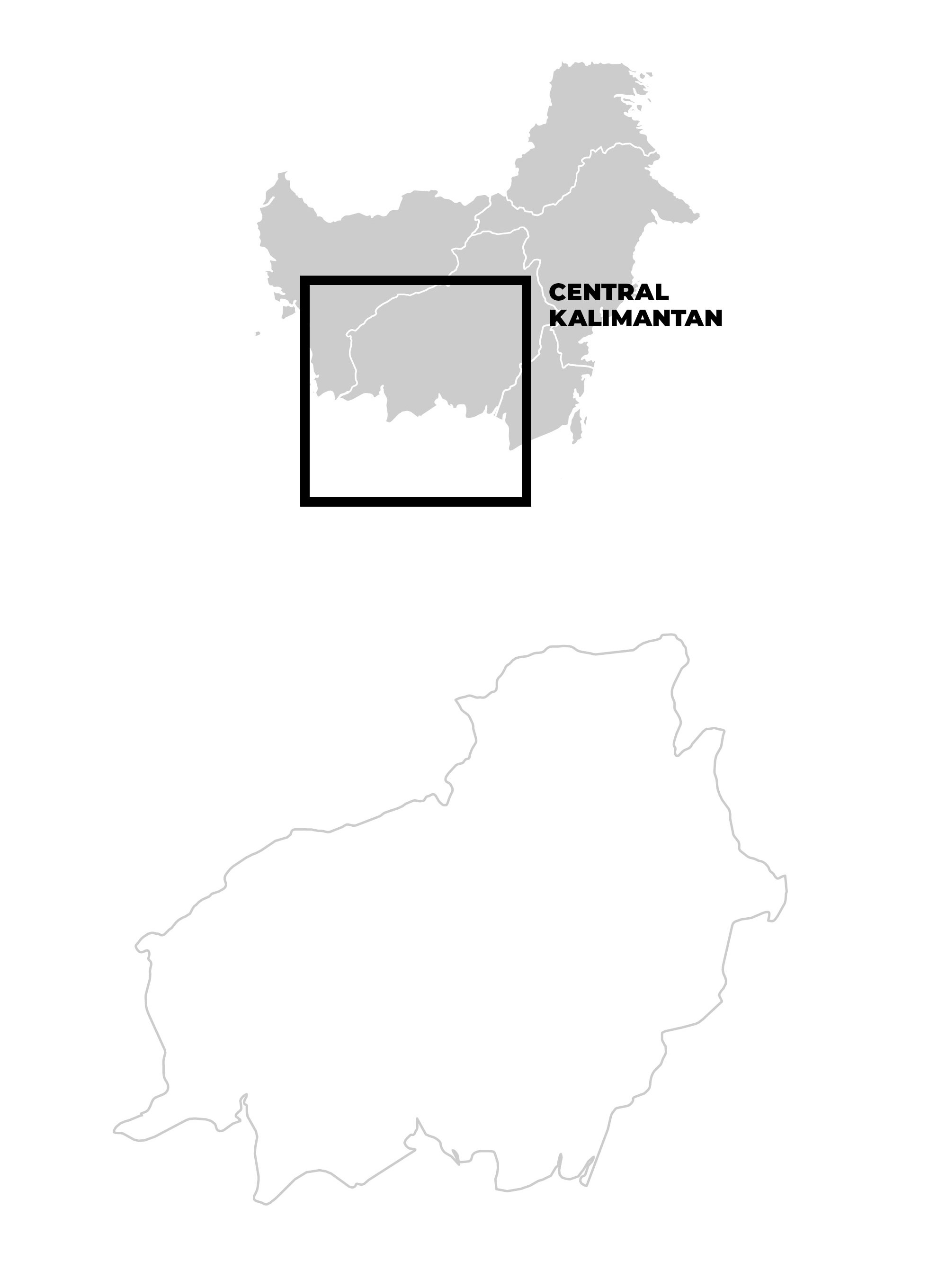
Environmental Destruction and Community Concerns
The problem is, the defense ministry only held public consultation to draft the quick KLHS in February 2021, four months after trees in the Tewai Baru Forest were cut down. Regent Jaya Samaya Monong is also overwhelmed in responding to the food estate project. He only recently learned that 2,000 hectares of the food estate are residential areas. “(They are) in the form of rubber plantations, cemeteries, homes, some even with freehold titles,” he said. Although the land acquisition had not been resolved, the defense ministry still installed stakes. Regent Jaya was infuriated because 18,111 hectares of the food estate area is the habitat of the Kalimantan orangutan.
Despite its secondary forest status, the area is already planted with commercial trees such as bengaris (Koompassia malaccensis), meranti (Shorea) and bengkirai (Shorea laevis) trees. According to a study by Bogor Institute of Agriculture (IPB) University, every hectare of Gunung Mas’ forest carries at least 416.62 tons of carbon. Meaning, after 600 hectares of trees were cut down, the amount of CO2 released to the atmosphere is estimated to have come to 251,172 tons, or equivalent to the emission produced by 90,349 cars traveling 19,000 kilometers for one year.
The forest that has been converted into a cassava plantation is located in the highlands, above residential areas. The forest functioned as a water reservoir as well as the source of the Tambun and Tambi Rivers, which overflowed once the trees were cut down. Regent Jaya said he was unaware that the four villages, whose forests were cleared, were flooded. He claimed he was never involved in the food estate’s planning nor environmental assessment. “That’s the central government’s project,” he said repeatedly.
Floods carried thick mud from the riverbed, washed away by layers of forest soil in the form of sand, gravel and granite. With such a nutrient-poor soil, Gunung Mas’ cassava has suffered. When Tempo asked about the fate of the infertile cassava plantation, Achmad Subagio said he did not know why. “The last time I went there was in February,” he said.
Maintenance cost for the cassava plantation is entirely covered by Banua Gemilang. Lieutenant Col. Johan Sitompul, the supervisor of the Gunung Mas food estate, said that no state budget has gone to the project since early 2021. According to him, Banua partners with Agrinas in financing. “What the partnership is like, I don’t know,” he said.
Johan assured that although the cassava plants are skinny and small, the cassavas themselves are large. Johan said the food estate planted a type of superior cassava that was meant specifically for industry. But when Tempo removed one plant, not one cassava was seen. The roots were thin, like strands of hair.
Banua Gemilang’s office is in Tarakan. According to the company’s articles of incorporation, its address is in the Guser Complex Blok A, Jalan Gadjah Mada. But apparently a cellular phone shop occupies this address. According to the security guard, the store belongs to Effendi Salim, Banua Gemilang’s founder. They gave us Effendi’s telephone number, but there was no response when we called.
The defense ministry and Agrinas’ directors took more than two weeks to answer Tempo’s questions for Minister Prabowo Subianto about the cassava food estate project. On September 30, Defense Ministry’s Chief of Public Information, First Marshal Penny Radjendra, sent a response on behalf of the defense ministry’s Inspector-General Lt. Gen. Ida Bagus Purwalaksana, not on behalf of Prabowo.
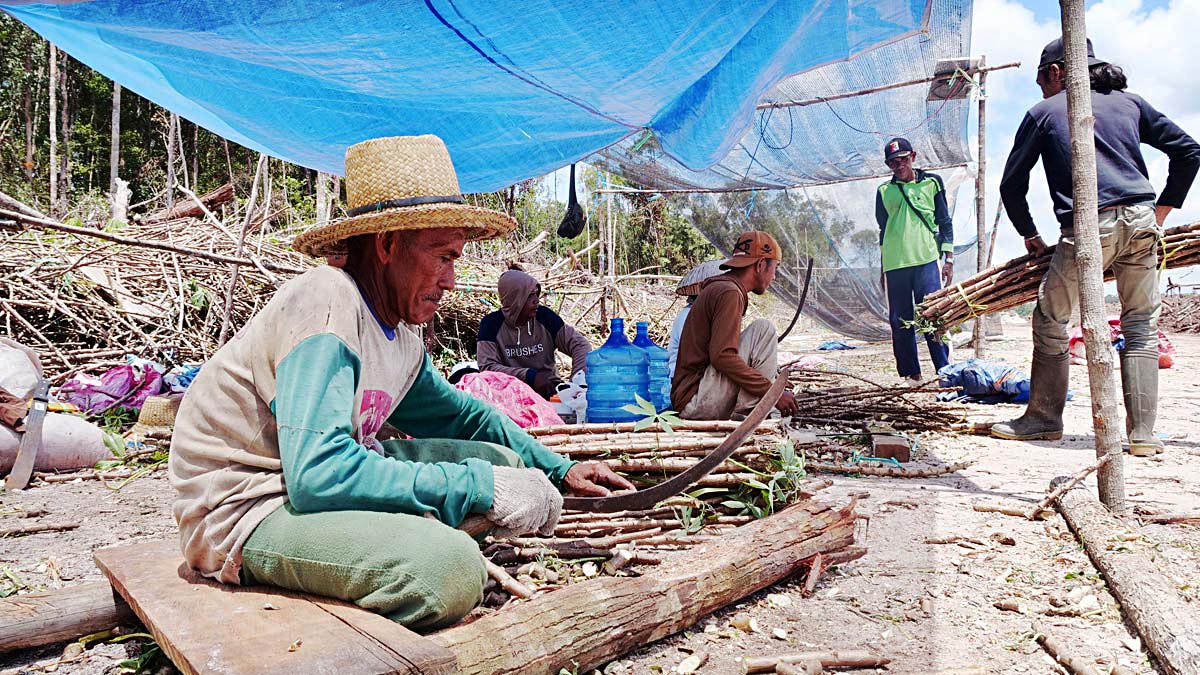
Food Estate Programs in Other Areas of Central Kalimantan
In Central Kalimantan, there are also food estates in the Pulang Pisau and Kapuas Regencies, with the agriculture ministry as their executor. The land used for the food estate is formerly land allocated to the Peatland Development Project (PLG), a failed Suharto-era project to turn peatlands into rice fields. These areas have often been on fire, causing an ecological disaster every year. For these food estates, the ministry partners with transmigrant farmers to plant rice.
One farmer participant in the program is Heriyanto, a resident of the Belanti Siam village. He took part in the rice planting on October 8, 2020, together with President Jokowi. Heriyanto’s rice field is part of the 2,000-hectare Center of Excellence area. Meanwhile, the total food estate land in the regency comes to 10,160 hectares.
Before joining the food estate program, Heriyanto harvested five to six tons of dry milled grains per hectare. He harvested rice twice a year. “If I join the food estate, I could get double,” he said, explaining his reason.
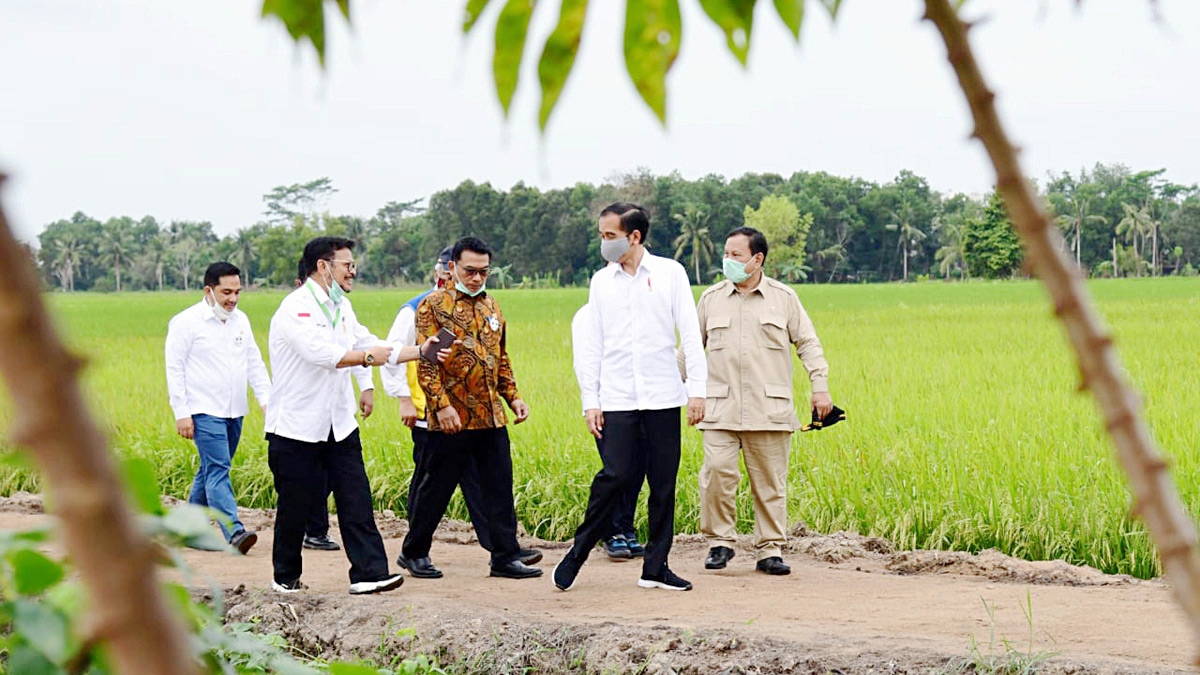
The new method involves changing the planting pattern to three times a year and moving the planting time from November and April to October, February, and July. Despite having doubts in the method, Heriyanto followed all of the government’s instructions. Dozens of soldiers came to his rice field to help plow the land.
The government sent seeds, fertilizer, as well as lime to regulate the acidity of the peatland. He received the HIPA-81 variety seed. The rice was planted using the transplant method—seeds were sown before being transferred to a rice field. He employed 40 people at a rate of Rp55,000 per day, using his own money. He also bought his own pesticide for Rp3 million. “All of it was the government’s instruction,” he said.
As a result, Heriyanto’s rice yield dropped to only 700 kilograms of dry milled grains per hectare. Other villagers experienced the same failure. As a result, the government does not recommend the same method for planting rice as last year and allows the method previously used by farmers. “But the supply of seeds came late,” said Pujiaman, head of the Sido Mekar Farmers Group in Belanti Siam village. Pujiaman claimed that once the farmers planted rice the way they normally did, yields returned to normal.
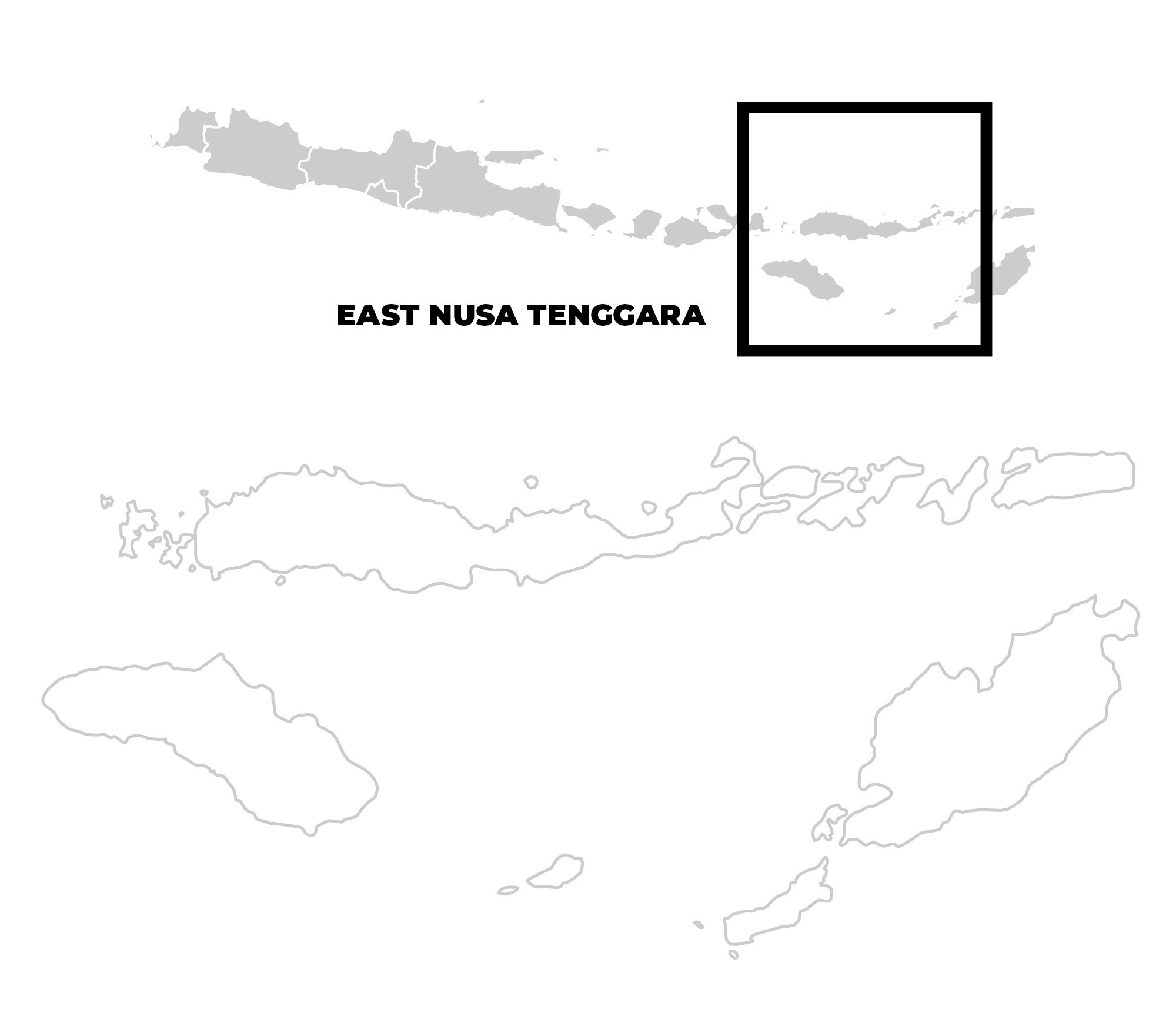
In Kapuas, the food estate area comes to 165,000 hectares in 12 subdistricts. The area of land already cultivated as rice fields comes to around 30,000 hectares. Here, farmers leased the land to the ministry of public works and people’s housing. Landowners were paid as workers.
Once the lease agreement concluded, dozens of soldiers came to work the land. They did not volunteer but were instead employed by M-Tani, a company owned by Presidential Chief of Staff Gen. (ret) Moeldoko. “In the end, we are out of work,” said Suyatno, head of the Marga Jaya Joint Farmers Group.
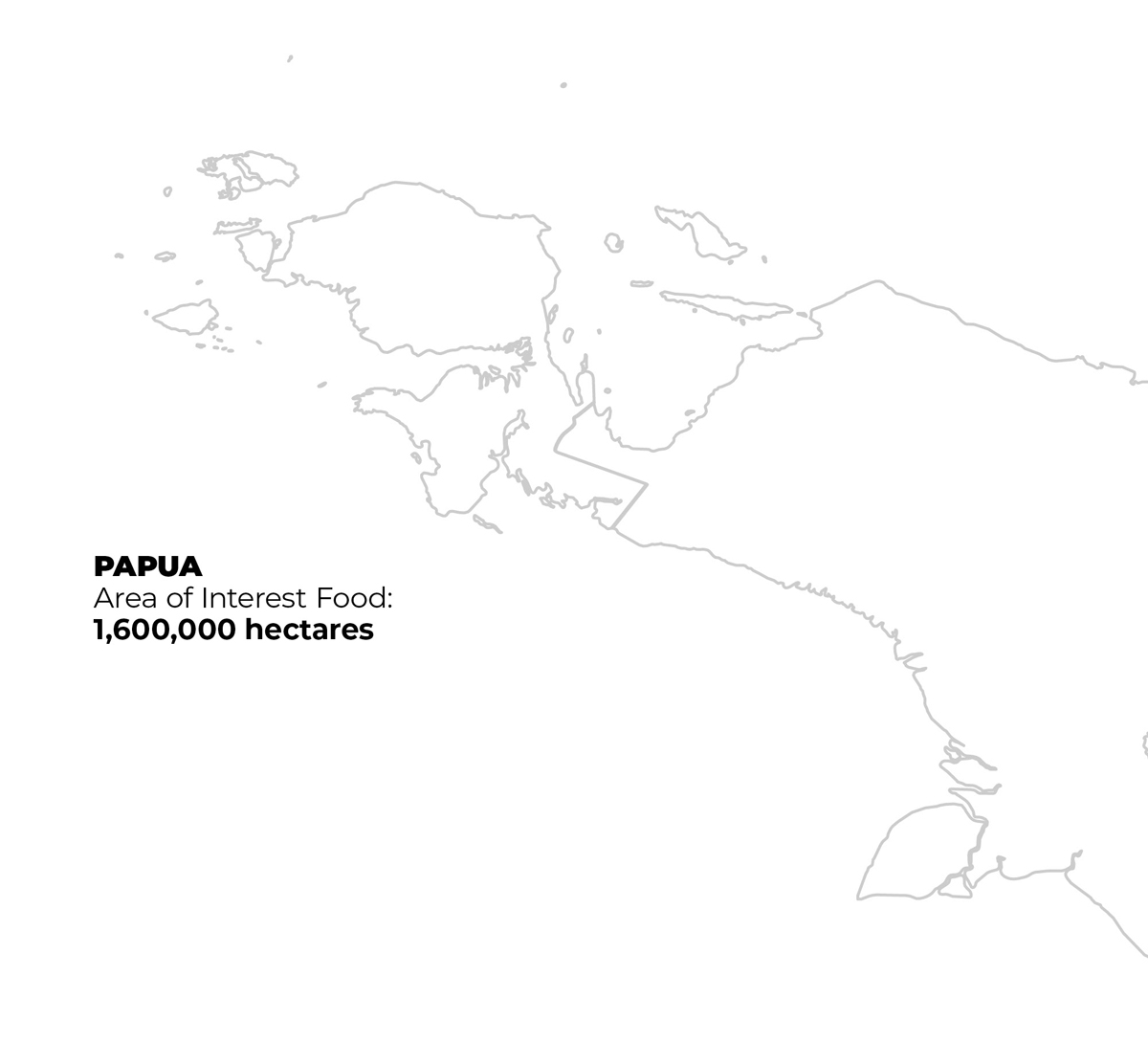
Conclusion
Central Kalimantan environmental observer, Fatkhurrohman, said the food estate project in his province is being run recklessly, without a clear concept. “(It’s) truly chaotic, damaging the environment and opens up numerous opportunities for misuse.”
SDGs, Targets, and Indicators Analysis
1. Which SDGs are addressed or connected to the issues highlighted in the article?
- SDG 2: Zero Hunger
- SDG 6: Clean Water and Sanitation
- SDG 13: Climate Action
- SDG 15: Life on Land
The issues highlighted in the article are connected to these SDGs as they involve food security, environmental degradation, and the impact on local communities.
2. What specific targets under those SDGs can be identified based on the article’s content?
- SDG 2.4: By 2030, ensure sustainable food production systems and implement resilient agricultural practices that increase productivity and production, that help maintain ecosystems, that strengthen capacity for adaptation to climate change, extreme weather, drought, flooding, and other disasters, and that progressively improve land and soil quality.
- SDG 6.6: By 2020, protect and restore water-related ecosystems, including mountains, forests, wetlands, rivers, aquifers, and lakes.
- SDG 13.1: Strengthen resilience and adaptive capacity to climate-related hazards and natural disasters in all countries.
- SDG 15.2: By 2020, promote the implementation of sustainable management of all types of forests, halt deforestation, restore degraded forests, and substantially increase afforestation and reforestation globally.
3. Are there any indicators mentioned or implied in the article that can be used to measure progress towards the identified targets?
- Indicator 2.4.1: Proportion of agricultural area under productive and sustainable agriculture.
- Indicator 6.6.1: Change in the extent of water-related ecosystems over time.
- Indicator 13.1.1: Number of deaths, missing persons, and directly affected persons attributed to disasters per 100,000 population.
- Indicator 15.2.1: Progress towards sustainable forest management.
The article provides information on the conversion of forests into cassava plantations, the impact on water-related ecosystems, and the destruction of forests, which can be used to measure progress towards the identified targets.
Table: SDGs, Targets, and Indicators
| SDGs | Targets | Indicators |
|---|---|---|
| SDG 2: Zero Hunger | 2.4: Ensure sustainable food production systems and implement resilient agricultural practices | Indicator 2.4.1: Proportion of agricultural area under productive and sustainable agriculture |
| SDG 6: Clean Water and Sanitation | 6.6: Protect and restore water-related ecosystems | Indicator 6.6.1: Change in the extent of water-related ecosystems over time |
| SDG 13: Climate Action | 13.1: Strengthen resilience and adaptive capacity to climate-related hazards and natural disasters | Indicator 13.1.1: Number of deaths, missing persons, and directly affected persons attributed to disasters per 100,000 population |
| SDG 15: Life on Land | 15.2: Promote the implementation of sustainable management of all types of forests | Indicator 15.2.1: Progress towards sustainable forest management |
Source: magz.tempo.co








